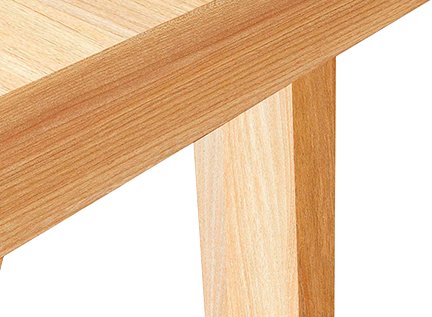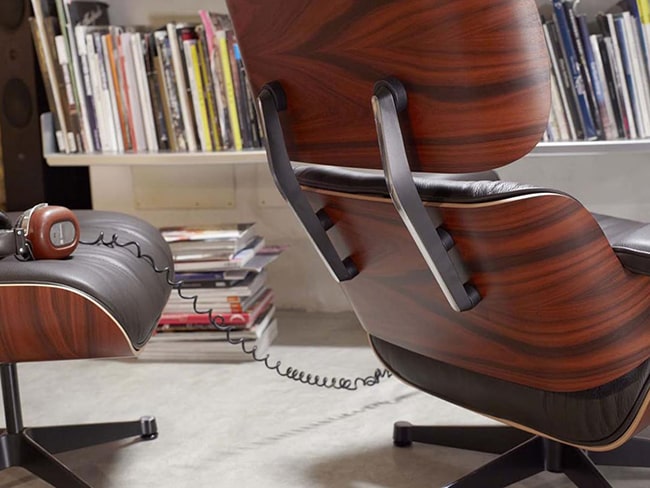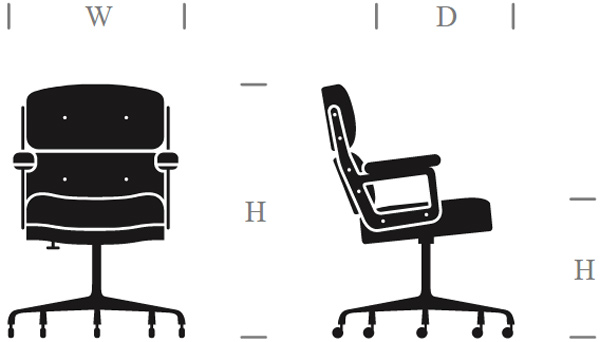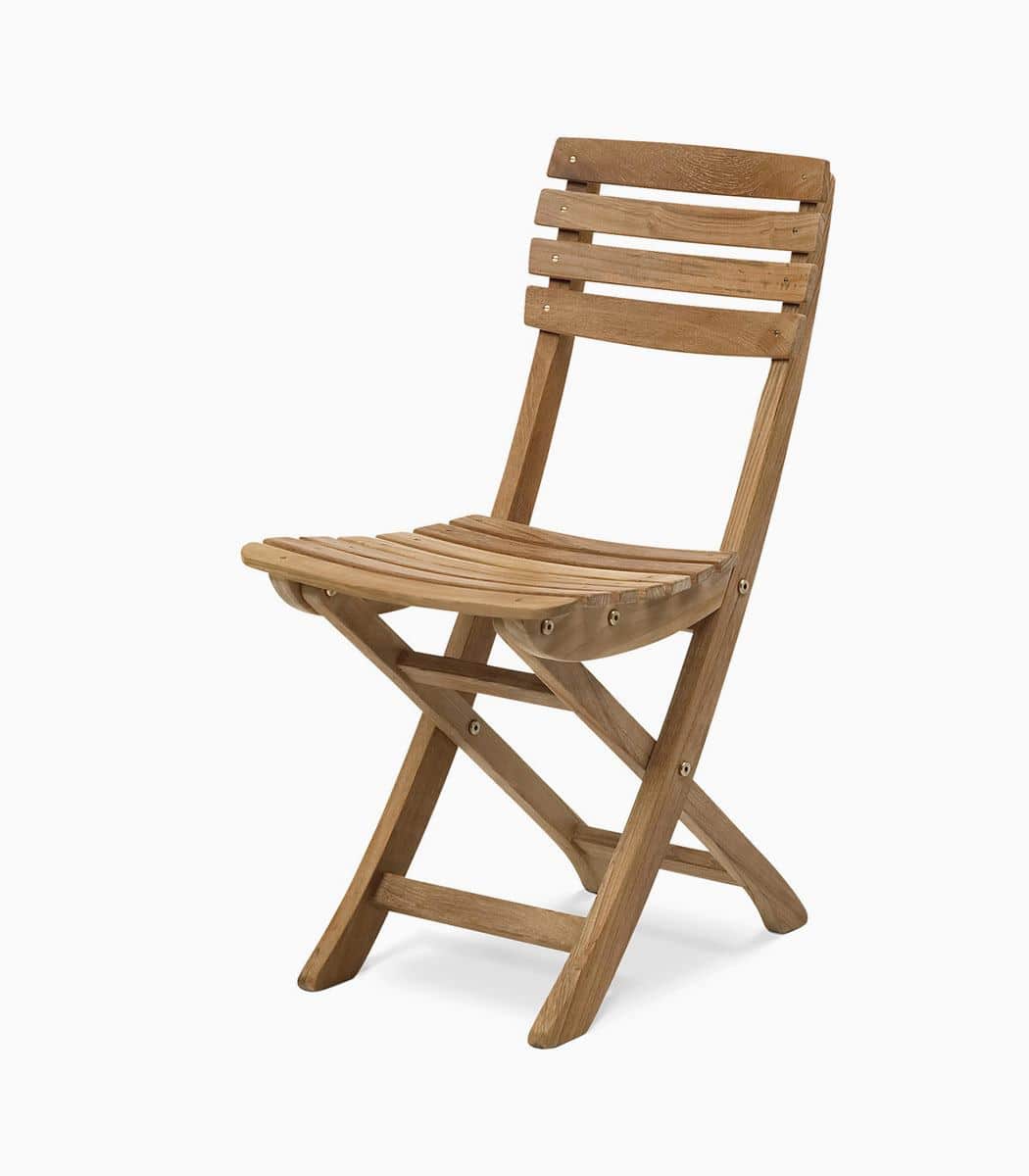Flat Pack Horse Shelter

This guide is designed for property owners seeking affordable, flexible shelter options for their horses. While these structures provide valuable protection from sun and rain, they’re not substitutes for proper stabling in extreme weather events, and all horse owners should have emergency plans for bushfire and storm situations.
Key Takeaways
- Flat pack shelters offer significant cost savings compared to traditional construction but may require professional installation for optimal stability
- Australian conditions demand specific considerations for UV protection, ventilation, and wind resistance that vary by region
- Assembly complexity ranges from straightforward weekend projects to more technical builds requiring multiple people
- Proper site preparation is crucial for drainage and longevity, especially in areas with heavy rainfall
- Regular maintenance checks are essential to address wear from weather and horse activity
- Our Method for Choosing the Best Flat Pack Horse Shelter
- Unpacking Your Perfect Flat Pack Horse Shelter
- Where Would You Use a Flat Pack Horse Shelter?
- Your Guide to a Safe and Smart Flat Pack Horse Shelter Purchase
- Your Guide to Choosing the Perfect Flat Pack Horse Shelter
- Your Step-by-Step Guide to Building a Flat Pack Horse Shelter
- Your Top Flat Pack Horse Shelter Questions Answered
- Your Flat Pack Horse Shelter Journey: What Happens Next?
Content Table:
Our Method for Choosing the Best Flat Pack Horse Shelter
Our analysis of flat pack horse shelter options draws from multiple reliable sources available to Australian consumers. We examine manufacturer specifications, construction material quality, installation requirements, and real-world performance feedback from rural property owners across different Australian climates. Current 2025 industry analysis indicates growing demand for these structures as more horse owners seek balance between affordability and functionality.
We assess each shelter system against these key criteria relevant to Australian conditions:
Construction Materials & Durability: How well do the materials withstand Australian UV exposure, temperature extremes, and potential impact from horses? We look for corrosion-resistant fasteners and roofing that maintains integrity through seasonal changes.
Ventilation & Weather Protection: Australian summers require excellent airflow to prevent heat buildup, while winter months demand effective rain and wind protection. The best designs balance both needs without compromising structural strength.
Assembly Practicality: How many people are typically needed for assembly? What tools are required? We consider whether average property owners can realistically complete the project themselves or if professional help is recommended.
Space Efficiency & Horse Safety: Does the design provide adequate clearance for horses to move comfortably? Are there potential injury risks from internal components or sharp edges?
Value for Australian Buyers: Considering both initial cost and long-term maintenance, how does the shelter compare to traditional building methods over its expected lifespan?

It’s important to note that while many Australian property owners report positive experiences with flat pack shelters, those in areas with extreme weather conditions sometimes find they need additional reinforcement or modifications. The same design might perform perfectly in a temperate climate but require adjustments for tropical cyclone regions or areas with heavy snowfall.
Unpacking Your Perfect Flat Pack Horse Shelter
Understanding the technical aspects of flat pack horse shelter construction helps Australian buyers make informed decisions that match their specific property requirements and climate challenges.
Structural Design & Frame Materials
The backbone of any quality horse shelter is its frame construction. Most flat pack systems use either galvanised steel or treated timber as primary structural components. Galvanised steel offers superior resistance to rust and generally withstands horse impact better, while timber provides a more traditional appearance and natural insulation properties. Recent Australian data suggests steel frames typically last 5-7 years longer than timber in high-humidity coastal regions, though timber may be preferable in extremely hot inland areas where metal can become uncomfortably warm.
Frame design directly impacts assembly complexity and final stability. Triangular truss systems distribute weight efficiently and resist wind loading better than simple rectangular designs, which is particularly important in regions prone to strong winds. However, more complex engineering often means more components and longer assembly times.
Roofing & Wall Options
Roofing material choice significantly affects both protection and temperature regulation within the shelter. Colorbond steel remains the most popular option in Australia due to its durability and wide availability, though some owners report condensation issues during temperature swings. Polycarbonate sheeting provides excellent light transmission for brighter interiors but may require additional ventilation to prevent heat buildup in summer.
Wall configurations range from fully enclosed designs to open-sided shelters. Partial walls offer wind protection while maintaining crucial airflow, making them suitable for most Australian conditions. Fully enclosed designs provide better insulation but require careful planning for ventilation to prevent respiratory issues in horses.

Foundation Requirements & Site Preparation
Proper foundation preparation is arguably the most overlooked aspect of flat pack shelter installation. While these structures are lighter than traditional buildings, they still require stable, level foundations to prevent shifting or damage. Concrete piers offer the most permanent solution but increase overall cost and installation time. Crushed rock bases provide adequate drainage and stability for most situations at lower cost, though they may require occasional re-leveling.
Drainage planning is particularly important in areas with heavy rainfall. A slight grade away from the shelter prevents water pooling, while strategic positioning relative to prevailing winds maximises natural ventilation. Many Australian property owners find that consulting local agricultural extension services provides valuable insights into optimal placement for their specific region.
Where Would You Use a Flat Pack Horse Shelter?
Many Australian horse owners find that flat pack horse shelter systems offer practical solutions for various property layouts and equine management approaches. Current 2025 industry analysis indicates these structures have become particularly valuable for properties dealing with space constraints or temporary housing needs, though their suitability depends heavily on proper installation and maintenance routines.

Many property owners with 2-5 acre blocks report that flat pack shelters provide essential weather protection without consuming excessive space. The modular nature allows positioning in areas with existing tree lines for additional wind protection, though some users note that additional anchoring may be needed in exposed locations during storm season. These setups typically accommodate 1-2 horses comfortably while maintaining good pasture rotation capabilities.
Training facilities and breeding operations often utilize flat pack systems for temporary isolation areas or supplementary shelter. The quick assembly process means additional housing can be established within days when new horses arrive or during facility expansions. However, some commercial operators note that while initial setup is straightforward, regular inspection of connections and fasteners becomes crucial with frequent horse movement and higher usage patterns.
Recent feedback from Australian rural suppliers suggests that flat pack shelters work particularly well for properties implementing rotational grazing systems. The ability to relocate shelters as paddocks change helps maintain ground condition and parasite management, though this requires careful disassembly and reassembly to maintain structural integrity. Many users appreciate how these shelters complement existing natural windbreaks while providing reliable sun protection during summer months.
For properties with multiple horses, the social dynamics of herd housing become an important consideration. Flat pack designs with open sides or multiple access points tend to work better for established groups, allowing subordinate horses to move away from dominant individuals. Some owners report better results with slightly larger shelters than minimum recommendations to accommodate natural herd spacing behaviors, particularly when housing mixed temperaments together.
Your Guide to a Safe and Smart Flat Pack Horse Shelter Purchase
When selecting any horse housing solution, Australian property owners need to consider both animal welfare standards and local council requirements. State regulations regarding flat pack horse shelter installations can vary, particularly concerning permanent structures versus temporary arrangements on rural properties.

Current 2025 building standards for equine facilities emphasize several key safety aspects that apply to flat pack designs. Proper anchoring systems are essential, with many Australian manufacturers now including earthquake-rated ties and cyclone clips for regions prone to severe weather. The materials used should meet Australian standards for non-toxic treatments, particularly important given horses’ tendency to chew on wooden surfaces.
• Verify Australian compliance markings on structural components
• Check for manufacturer contact details and warranty information
• Confirm roofing materials meet Australian UV resistance standards
• Ensure all fasteners are corrosion-resistant for Australian conditions
• Look for clear assembly instructions with safety warnings
Many rural suppliers report that proper site preparation remains the most overlooked aspect of flat pack shelter safety. The foundation surface should provide adequate drainage while remaining level and firm, with some clay-based soils requiring additional gravel base in high-rainfall regions. Regular maintenance checks should include inspecting for loose fasteners, checking roofing integrity, and ensuring ventilation remains unobstructed.
Nothing in this article constitutes professional engineering or veterinary advice. Property owners should consult local building authorities and equine specialists regarding specific installation requirements. If horses show signs of respiratory issues or behavioral changes after introducing new shelter, remove them immediately and consult an equine veterinarian.
Your Guide to Choosing the Perfect Flat Pack Horse Shelter
Choosing the right flat pack horse shelter involves balancing several factors specific to Australian conditions and individual property requirements. Recent market observations suggest that successful selections typically match shelter specifications to both horse numbers and local climate patterns.

• For single horses or temporary setups: Basic three-sided designs provide adequate protection while maintaining ventilation
• For multiple horses or established herds: Larger run-in styles with multiple access points reduce crowding issues
• For high-wind regions: Lower profile designs with reinforced anchoring systems
• For extreme sun exposure: Extended roof overhangs and reflective roofing materials
• For limited budgets: Smaller footprint designs that can be expanded later
Many Australian suppliers note that roof pitch becomes particularly important in areas receiving heavy rainfall or occasional hail. Steeper pitches around 25-30 degrees help with water runoff and snow loading in alpine regions, though they may require additional bracing in exposed locations. Conversely, flatter roof designs around 10-15 degrees work well in sheltered positions but may accumulate debris in wooded areas.
Wall configuration represents another significant decision point. Solid walls on three sides provide maximum weather protection but can limit ventilation during summer months. Partial walls or spaced boarding offers better airflow while still providing wind breaks, though they may offer less protection during driving rain storms. Some owners compromise with removable wall panels that can be adjusted seasonally.
When comparing material options, Australian horse owners typically choose between treated pine, galvanized steel, or composite materials. Treated pine offers natural aesthetics and easier modification but requires regular maintenance in damp conditions. Steel frameworks provide superior strength and longevity but may require additional insulation in extreme temperatures. Composite materials offer low maintenance but typically come at higher initial cost.
Your Step-by-Step Guide to Building a Flat Pack Horse Shelter
Step-by-Step Assembly & Maintenance
Choose a well-drained area with slight elevation to prevent water pooling. Clear vegetation and level the ground, then lay weed mat and compacted road base or gravel. Ensure the site allows for safe horse access and movement around the shelter.
Lay out all parts according to the manufacturer’s diagram before beginning assembly. Check for any shipping damage and ensure all fasteners are present. Organize components by assembly stage to streamline the building process.
Begin with the main support structure, ensuring all connections are secure before proceeding. Use temporary bracing during assembly to maintain alignment. Double-check that all structural fasteners are properly tightened to manufacturer specifications.
Install roofing materials according to local wind and weather requirements. Ensure adequate overhang for water management and sun protection. For wall sections, maintain proper ventilation while providing sufficient weather protection.
Conduct a thorough safety check of all connections, edges, and surfaces before introducing horses. Remove any packaging materials and check for sharp edges. Initially supervise horses using the new shelter to ensure they adapt comfortably.
Schedule monthly inspections of all structural connections and fasteners. Check roofing materials after severe weather events and clear debris from gutters or roof surfaces. Monitor for any chewing damage or wear patterns that might require reinforcement.
Your Top Flat Pack Horse Shelter Questions Answered
Prices generally range from $1,500 to $5,000 depending on size and specifications. Basic single-horse shelters start around the lower end, while larger multi-horse designs with premium materials can reach the upper range. Additional costs often include site preparation, delivery fees, and optional extras like feed storage attachments.
Most quality shelters provide 10-15 years of service with regular maintenance. The actual lifespan depends heavily on material quality, installation practices, and local weather conditions. Galvanized steel components typically outlast timber in damp climates, though treated pine performs well in drier regions with proper care.
Flat pack designs offer faster installation and often lower labor costs, while traditional builds allow more customization. Flat pack systems work well for standard requirements and quick deployment, though traditional construction may better suit complex sites or specific architectural preferences.
Verify the supplier has physical Australian contact details and clear warranty terms. Check for independent customer reviews and ask for examples of previous installations. Reputable suppliers typically provide detailed specifications, compliance information, and proper after-sales support.
Yes, consider bushfire ratings in prone areas, cyclone ties in northern regions, and UV protection for roofing nationwide. Ensure adequate ventilation for hot climates and proper anchoring for windy sites. Regular inspection routines should account for local seasonal challenges like summer storms or winter dampness.
Your Flat Pack Horse Shelter Journey: What Happens Next?
Selecting the right flat pack horse shelter involves careful consideration of your specific property requirements, horse numbers, and local climate conditions. These modular systems offer practical solutions for many Australian situations when properly selected and installed.
• For small properties: Consider compact designs that maximize space efficiency
• For multiple horses: Prioritize adequate space and multiple access points
• For extreme weather areas: Invest in reinforced structures and proper anchoring
• For temporary needs: Look for designs that allow relatively easy relocation
• Always: Verify supplier reputation and product compliance before purchase
Before making any purchase decision, carefully measure your available space, assess your horses’ behavioral patterns, and research local council requirements. The most successful installations typically match shelter specifications to both immediate needs and potential future requirements, allowing for possible expansion or adaptation as your equine management evolves.
About the Author
With over eight years specializing in equine facility analysis and rural product evaluation, our senior agricultural reviewer has developed extensive knowledge of Australian horse housing solutions. Their work focuses on practical assessment of animal shelter systems, combining manufacturer specifications with real-world usage patterns observed across Australian properties. This expertise helps property owners make informed decisions about equine infrastructure that balances animal welfare, practical management, and budget considerations.



